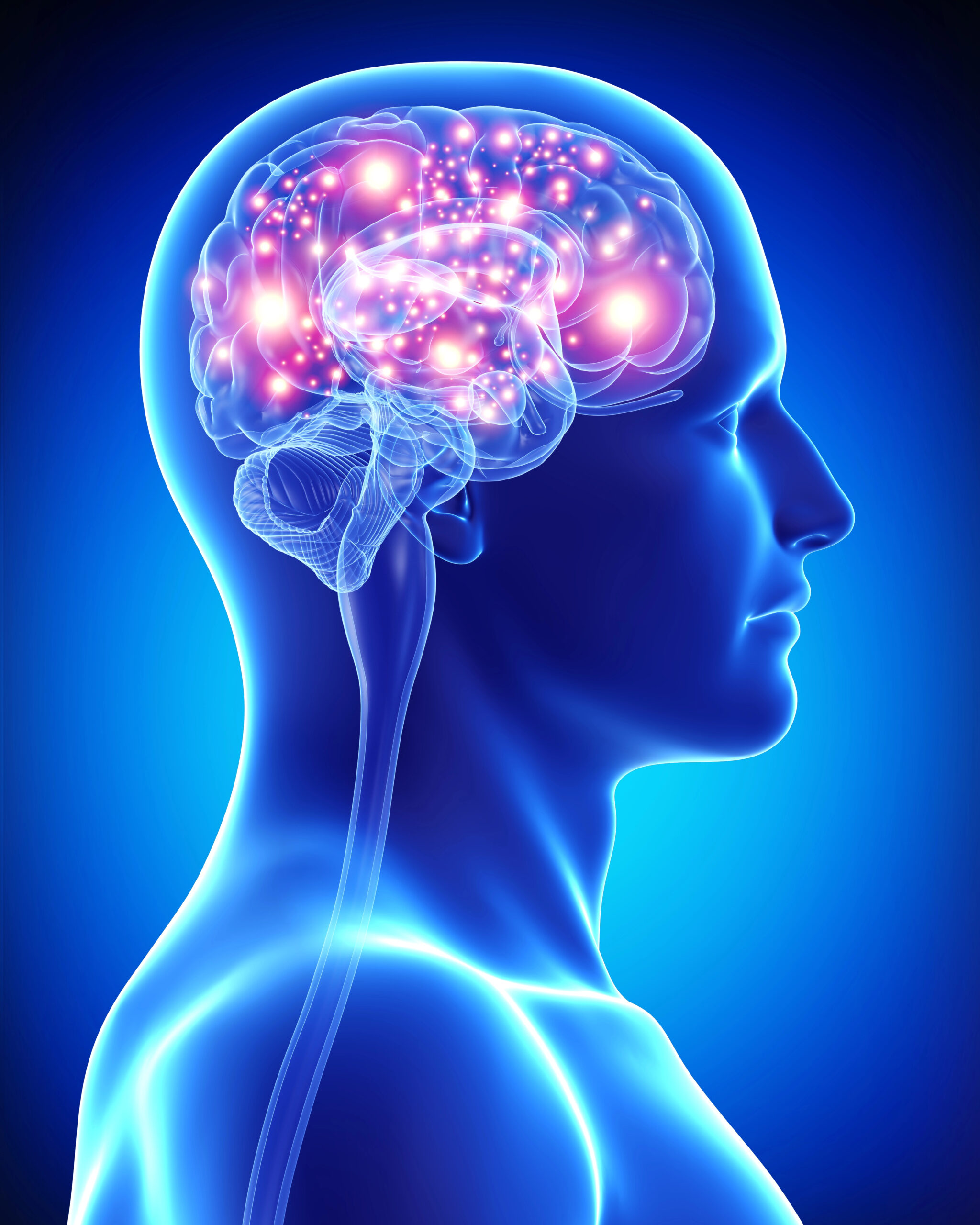As we age, keeping our brains sharp can feel like a top priority. Many older adults are seeking ways to maintain their cognitive health, avoiding an ‘aging brain’ and neurofeedback has emerged as a valuable tool for doing just that. Neurofeedback is non-invasive therapy that helps the brain regulate its activity, supporting memory, focus, and mental clarity. In this article, we’ll explore how neurofeedback works and why it’s a promising option for promoting brain health as we age.
How Aging Affects Brain Health
Aging is associated with natural changes in brain function, such as slower processing speeds, memory lapses, and difficulties with focus (How the Aging Brain Affects Thinking, 2023). These changes can impact daily life and independence, making brain health a priority. Neurofeedback offers an innovative approach to addressing these cognitive changes, supporting the brain’s natural plasticity, or ability to adapt and change, even in later years.
How Neurofeedback Benefits the Aging Brain
1. Enhancing Memory Retention
Memory loss is one of the most common cognitive concerns among older adults. Neurofeedback can help by stimulating areas of the brain involved in memory retention and recall, reinforcing the neural pathways related to memory. Neurofeedback has also been shown to accelerate memory consolidation, helping individuals commit information to memory much faster (Reiner et al., 2014). This can help seniors improve their ability to remember names, faces, and other important information.
2. Improving Focus and Attention
Aging can sometimes bring about challenges in sustaining attention or staying focused on tasks. Neurofeedback helps retrain the brain to maintain focused brainwave patterns, which can enhance attention span and improve overall productivity in daily activities. Neurofeedback has also proven to be an effective way to improve attention in older adults experiencing normal age-related cognitive decline (Wang & Hsieh, 2013).
3. Supporting Emotional Health
Mood and emotional balance are also affected by aging, with some older adults experiencing increased anxiety or mood swings. Neurofeedback encourages the production of brainwave patterns associated with relaxation and emotional stability. After neurofeedback, healthy adults show greater regulation in parts of the brain associated with mood stability and emotional regulation (Linhartová et al., 2019). This approach can help reduce stress and anxiety, fostering a calmer, more centered mental state.
What to Expect from Neurofeedback Sessions
During a neurofeedback session at MyBrainDr, patients watch a television show of their choice while sensors attached to the scalp measure their brainwave activity. The TV screen will dim and brighten based on the information received from the sensors, allowing the brain to train itself into a healthy rhythm. These sessions are designed to be non-invasive and comfortable, typically lasting about 30 to 45 minutes. Over a series of sessions, individuals learn to control their brainwave patterns, promoting mental clarity and focus.
The process is gradual, and results build over time, so consistency is key. Some people start noticing benefits after a few sessions, while others may require more time to see significant improvements.
Is Neurofeedback Safe for an Aging Brain?
Neurofeedback is generally safe and is considered a low-risk intervention, making it a popular choice for older adults seeking non-invasive cognitive support (Is Neurofeedback Therapy Safe? Are There Side Effects? | Drake Institute, n.d.). It doesn’t involve medications, making it suitable for those looking to avoid additional prescriptions.
Who Can Benefit Most from Neurofeedback?
Neurofeedback is particularly helpful for individuals who are experiencing mild cognitive impairments, such as occasional memory lapses or difficulties with focus, but who wish to maintain their independence and cognitive health. Those interested in preventive brain health measures may also benefit, as neurofeedback encourages brain plasticity, potentially reducing the risk of age-related cognitive decline.
Getting Started with Neurofeedback
If you’re considering neurofeedback, start by finding a reputable provider. Many neurofeedback practitioners offer an initial consultation, which can help you understand how neurofeedback works and whether it’s right for you. By investing in cognitive health today, you’re setting yourself up for a mentally vibrant future.
As we age, it’s normal to experience changes in cognitive abilities, but neurofeedback offers a proactive approach to maintaining brain health. With its ability to enhance memory, focus, and emotional balance, neurofeedback is a promising tool for keeping the brain sharp and resilient. Whether you’re looking to stay mentally agile or manage specific cognitive concerns, neurofeedback could be a valuable addition to your brain health toolkit.
References
How the aging brain affects thinking. (2023, June 27). National Institute on Aging. https://www.nia.nih.gov/health/brain-health/how-aging-brain-affects-thinking
Is neurofeedback therapy safe? Are there side effects? | drake institute. (n.d.). Retrieved October 25, 2024, from https://www.drakeinstitute.com/is-neurofeedback-safe-and-are-there-side-effects
Linhartová, P., Látalová, A., Kóša, B., Kašpárek, T., Schmahl, C., & Paret, C. (2019). Fmri neurofeedback in emotion regulation: A literature review. NeuroImage, 193, 75–92. https://doi.org/10.1016/j.neuroimage.2019.03.011
Reiner, M., Rozengurt, R., & Barnea, A. (2014). Better than sleep: Theta neurofeedback training accelerates memory consolidation. Biological Psychology, 95, 45–53. https://doi.org/10.1016/j.biopsycho.2013.10.010
Wang, J.-R., & Hsieh, S. (2013). Neurofeedback training improves attention and working memory performance. Clinical Neurophysiology, 124(12), 2406–2420. https://doi.org/10.1016/j.clinph.2013.05.020





